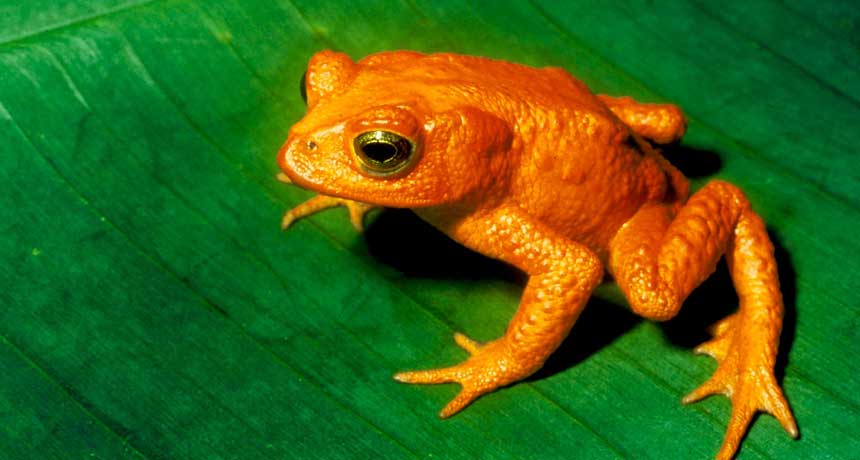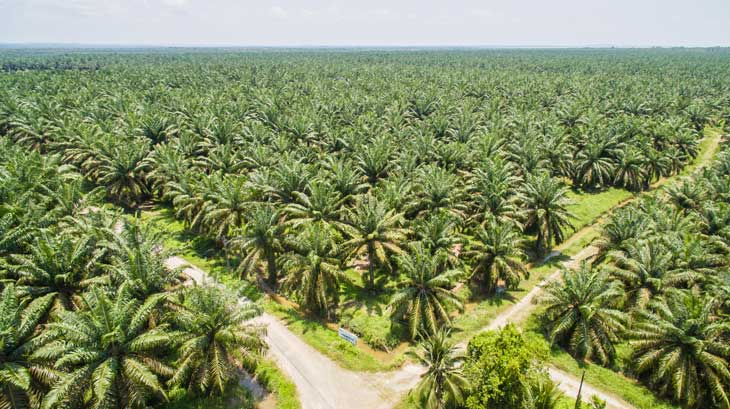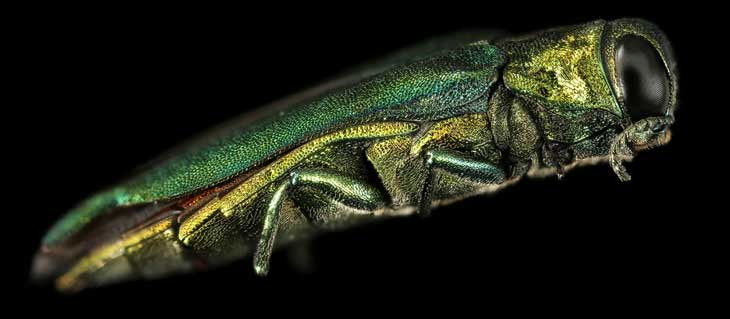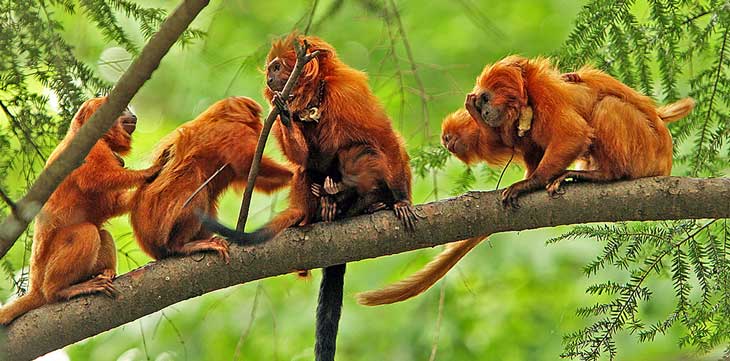A million species could vanish, and people are to blame
Here are five ways humans are speeding up the rate of extinctions

Everyone’s heard stories about certain species on the brink of extinction. A new tally reveals just how many plants and animals are at risk. One million species could vanish, it finds. Some might disappear within a few decades.
That number is equal to 1 in every 8 animal or plant species known. It comes from a sweeping new analysis of about 15,000 scientific studies published within the past 50 years. Those studies covered topics ranging from biodiversity and climate to the health of ecosystems. During that half-century, the human population has doubled in size — from 3.7 billion in 1970 to 7.6 billion today. And all those people are what threaten wildlife, concludes an international group of scientists.
Worldwide, species are disappearing tens to hundreds of times faster than what had been the average rate throughout the past 10 million years. That acceleration is thanks to human activities, says IPBES. That stands for the Intergovernmental Science-Policy Platform on Biodiversity and Ecosystem Services. This group published a summary of its new findings on May 6. IPBES has 132 member countries, including the United States. It plans to release its full 1,500-page report by year’s end.
The report contains many alarming numbers. More than four in every 10 amphibian species, it finds, are endangered with extinction or likely to become extinct. So are one in every three sharks, marine mammals and coral-reef-building animals. One in every 10 insect species also may vanish. And if people don’t change their activities, the report says, the rate of wildlife extinctions will only speed up.
Here are the top five ways people are speeding the loss of species:
1. Leaving species fewer places to live on land
The top human-linked threat comes from habitat loss, the report says. People have “severely altered” about three-fourths of all land on Earth. Since 1992, urban areas more than doubled. Farms have taken over many habitats that used to be diverse. By diverse, the reports means they might once have been forests, wetlands or wild grasslands.
The report says that 85 percent of the wetlands that existed in 1700 were gone by 2000. And, it notes, forests now cover just about two-thirds (68 percent) of the area they had before about 1850.
Much land has been diverted to farming. Growing food crops now covers three times as much land as it did in 1970. In the world’s tropics, farmlands grew between 1980 and 2000 by 1 million square kilometers (386,000 square miles). In Southeast Asia, plantations of oil palms have edged out wild forests. And in Central America, cattle ranches have expanded into what had been forests.

2. Overfishing the oceans
Even sea life has been suffering from habitat loss. Human actions have altered about two-thirds of the ocean’s surface, the report finds. Here, the top human threat to ocean life is fishing. Industrial boats fish more than 55 percent of the ocean’s surface. People are now harvesting about one-third of the ocean’s fish populations too quickly. These fish no longer reproduce fast enough to keep their populations from shrinking.
Atlantic halibut and bluefin tuna are among the world’s most overfished species. So are all types of sharks. Non-fished species — such as dolphins and loggerhead sea turtles — have also been dying after being accidentally trapped by nets and other fishing gear.
3. Not tackling climate change fast enough
The world has already warmed by an average of about 1 degree Celsius (1.8 degrees Fahrenheit) since before 1850. That warming is linked to more frequent and intense extreme-weather events (such as floods, fires and droughts). Earth’s fever not only has made seas rise but also shifted where species have been migrating to become more comfortable. Warmer oceans also are placing stress on many fish species. That means people can catch fewer fish without doing long-term damage to the health of their populations.
Changes in how people use land also is tied to climate change. About one-quarter of the world’s emissions of greenhouse gases currently come from land clearing, crop production and the use of fertilizers. (Fertilizers boost the activity of soil microbes that then give off greenhouse gases.) Three-quarters of these farm-related emissions come from raising livestock for food.
And because of decreasing biodiversity, some tropical forests are releasing more carbon (as carbon dioxide) to the atmosphere than they’re soaking up. When there are more types of plants in a forest, they can capture sunlight at different heights, soaking up and storing more carbon from the air. Diverse forest plants also attract different types of animals, some of which help pollinate more types of plants. Those, in turn, can boost forest growth.
4. Continuing to pollute the environment
Plastic pollution has become a growing threat to sea life. People make 10 times as much of this plastic pollution as they did 40 years ago. This affects at least 267 species, the report finds. These include 86 percent of marine turtles, 44 percent of seabirds and 43 percent of marine mammals.
Plastics can find their way into soils, too. That’s especially true of tiny pieces called microplastics. Other forms of pollution also pose big risks. Those include oil spills, mining wastes, untreated urban sewage and wastes running off in rainwater from farms and ranches.

5. Paving the way for invaders
Invasive species are organisms that take hold in parts of the globe where they don’t belong. As humans travel and move products all around the world, they sometimes accidentally carry species to new places. These resettled species can become “weeds” that bully the native species they encounter. The report looked at the 21 countries with the most detailed records about this. It found that the number of invasive species per country has increased by about 70 percent since 1970.
Those invaders compete with native species for water and other resources. They also can wipe out vast numbers of native plants or animals. Among such invasive species are the frog-killing chytrid (KIH-trid) fungus and tree-munching emerald ash borer.
But there’s hope …
As bad as these trends sound, there remains reason for hope, the report’s authors say. People can slow the loss of species. Between 1996 and 2008, conservation efforts lowered the extinction risk by almost one-third for mammals and birds in 109 countries. Saving more species, however, will take “transformative changes” in human behavior, the report says. That includes changing how people consume energy, food and water — and how they limit pollution and other threats to Earth’s ecosystems.








